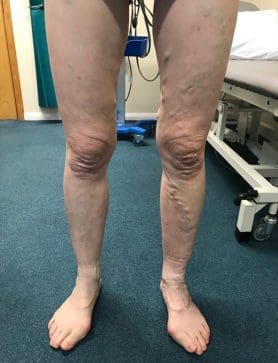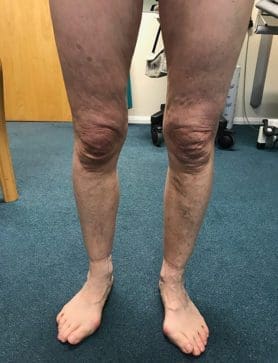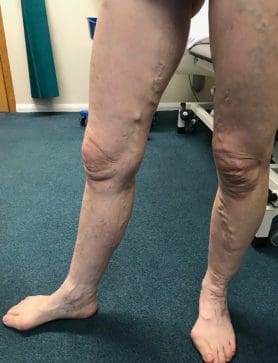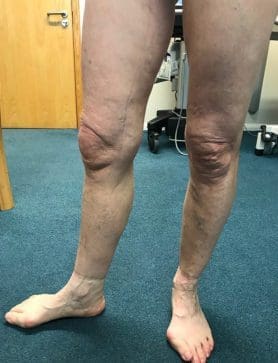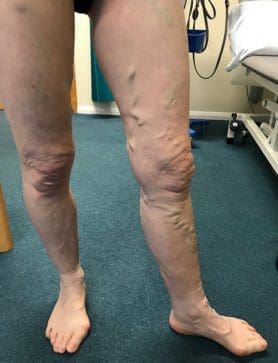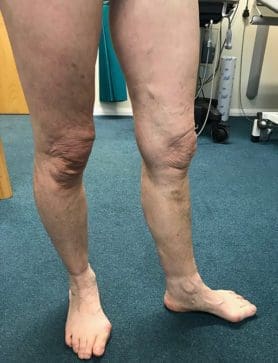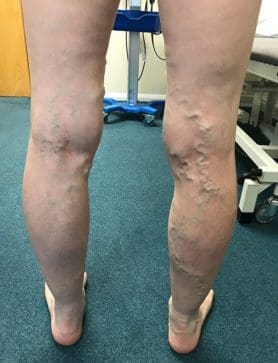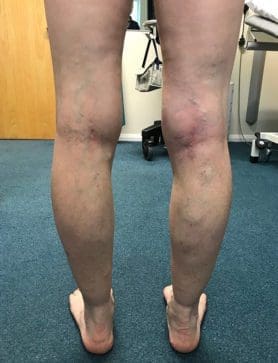Fees
Outpatient consultations depend on length and complexity, and range from £150-220 for a new client. Follow-up consultations range from £100 to £180.
For BUPA and AXAPPP-insured clients, their permitted fees are adhered to. An additional cost is made for a venous ultrasound scan, if required, again depending on length and complexity, ranging from £100 to £150.
Procedures are billed in accordance with BMI costs which ought to be available through their website. A few of the more frequent procedures are listed below:
- Unilateral endovenous laser ablation and phlebectomies £2435
- Vein trunk endoluminal bioadhesive closure alone £3750
- MOCA alone £2750
- Ultrasound-guided foam sclerotherapy of multiple branches £700
- Microsclerotherapy single leg £300 bilateral £550
These all include all follow-up attendances and scans. These prices are correct at the time of writing and may differ at different BMI establishments.
Enquire Now!
